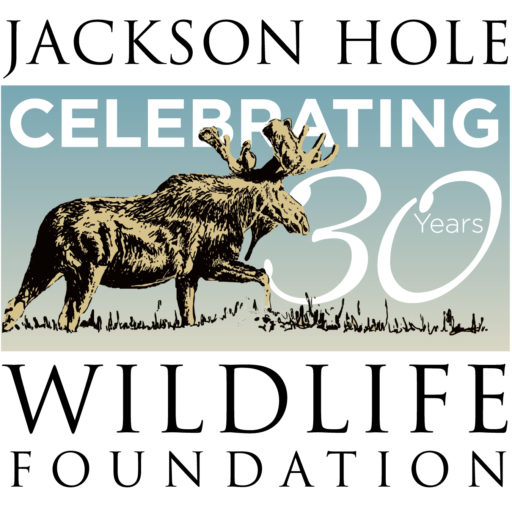What is Nature Mapping?
Log Wildlife Observations with Your Smartphone!
Join Nature Mapping Jackson Hole (NMJH), a wildlife data program by the Jackson Hole Wildlife Foundation. Covering Teton County, WY, Lincoln County, WY, and Teton County, ID, our trained volunteers contribute valuable wildlife data after completing certification in species identification and data collection.
Every observation is reviewed by a wildlife biologist to ensure accuracy. These verified records—over 90,000 to date—are shared with partners like Wyoming Game and Fish, the National Park Service, and the US Forest Service to support wildlife and land management decisions.
Become a Citizen Scientist
Our Nature Mapping Certification training takes just two hours and provides lessons you will use for a lifetime. Become a Nature Mappers and actively contribute to conservation data in Wyoming and Idaho.
Meg and Bert Raynes

Nature Mapping Jackson Hole was founded in 2009 by a group of dedicated volunteers and local biologists under the Meg and Bert Raynes Wildlife Fund. In 2011, a cooperative partnership between the Jackson Hole Wildlife Foundation and the Meg and Bert Raynes Wildlife Fund transitioned control of the database to the JHWF in order to build on the initial success of the Nature Mapping Jackson Hole program.
Our Projects
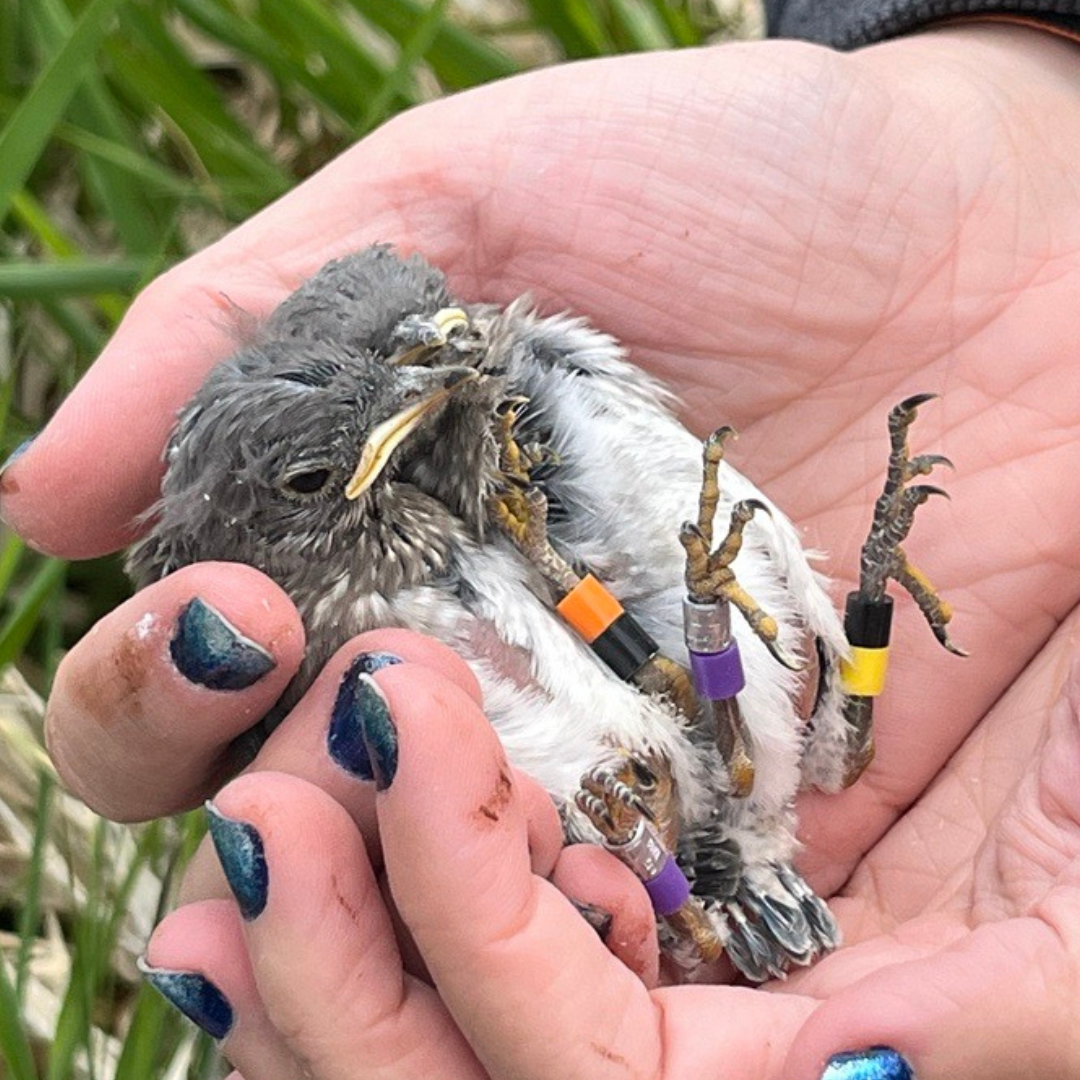
Bird Banding and the MAPS Project Overview
The Monitoring Avian Productivity and Survivorship (MAPS) Project provides vital insights into bird populations by studying how they reproduce, survive, and adapt. Using fine, nearly invisible mist nets, researchers safely capture birds without harm to collect data. Each bird is fitted with a lightweight, USGS-issued aluminum band—a safe, durable material that ensures long-term tracking without injury—before being released.
Long-Term Monitoring in Avian Research
Birds, as environmental sentinels, reflect ecosystem health through their diet and behavior, offering an early warning of ecological shifts. Since 1989, over 1,300 stations across the U.S. and Canada have captured 2 million birds, including decades of data from Jackson Hole sites. This rich data illuminates slow-moving changes, rare events, and annual patterns, guiding conservation and deeper understanding of our natural world.
Long-Term Monitoring in Avian Research
Birds, as environmental sentinels, reflect ecosystem health through their diet and behavior, offering an early warning of ecological shifts. Since 1989, over 1,300 stations across the U.S. and Canada have captured 2 million birds, including decades of data from Jackson Hole sites. This rich data illuminates slow-moving changes, rare events, and annual patterns, guiding conservation and deeper understanding of our natural world.
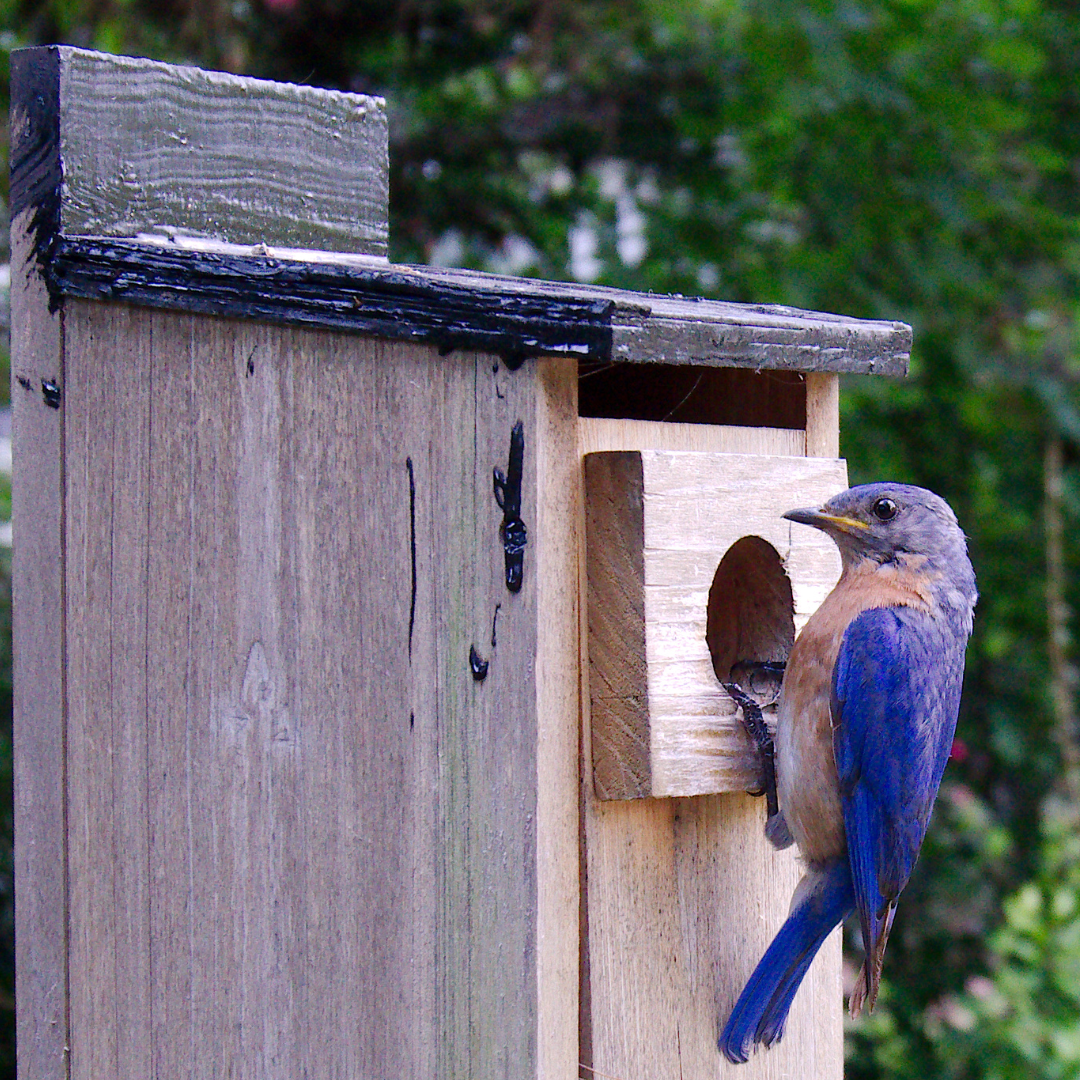
Mountain Bluebird Nestbox Trail Project
In Jackson Hole, high elk concentrations have severely damaged aspen stands, essential for cavity-nesting birds, by preventing new growth and killing mature trees. This habitat loss has caused significant declines in bird populations. The Bluebird Nestbox Project addresses this by providing 110 nestboxes, monitored weekly by volunteers from April to July. Data is recorded in the Nature Mapping Jackson Hole database and shared with the Cornell Lab of Ornithology.
Project Objectives
1. Mitigate for lost habitat of cavity nesting birds in Jackson Hole.
2. Educate the public about the plight of cavity nesting birds.
3. Involve individuals in monitoring the boxes so they will become vested in sharing the message with others.
The Challenge and the Solution
The Bluebird Nest Box Project addresses the loss of natural nesting sites for cavity-nesting birds near the National Elk Refuge, caused by habitat degradation from overgrazing and fire suppression. By providing monitored nest boxes and contributing data to Cornell Lab of Ornithology’s NestWatch program, the project supports bird populations, informs habitat management, and engages the community in conservation efforts.
Nest Box Monitoring Goals and Protocol
The Bluebird Nest Box Project monitors nest box use while minimizing disturbance to nesting success. Volunteers collect data on species, nesting attempts, clutch size, hatch and fledge dates, fledgling numbers, and causes of failure, beginning in May with weekly checks and increased frequency during active nesting. Observations are carefully recorded, avoiding disturbance to nestlings after 12 days. Equipped with binoculars and data sheets, monitors support research and conservation through detailed protocols that prioritize bird safety.
Volunteer with the Mountain Bluebirds
Volunteer with the Bluebird Nest Box Project to protect birds and contribute to vital conservation research. Your efforts make a real impact on their survival and habitat.
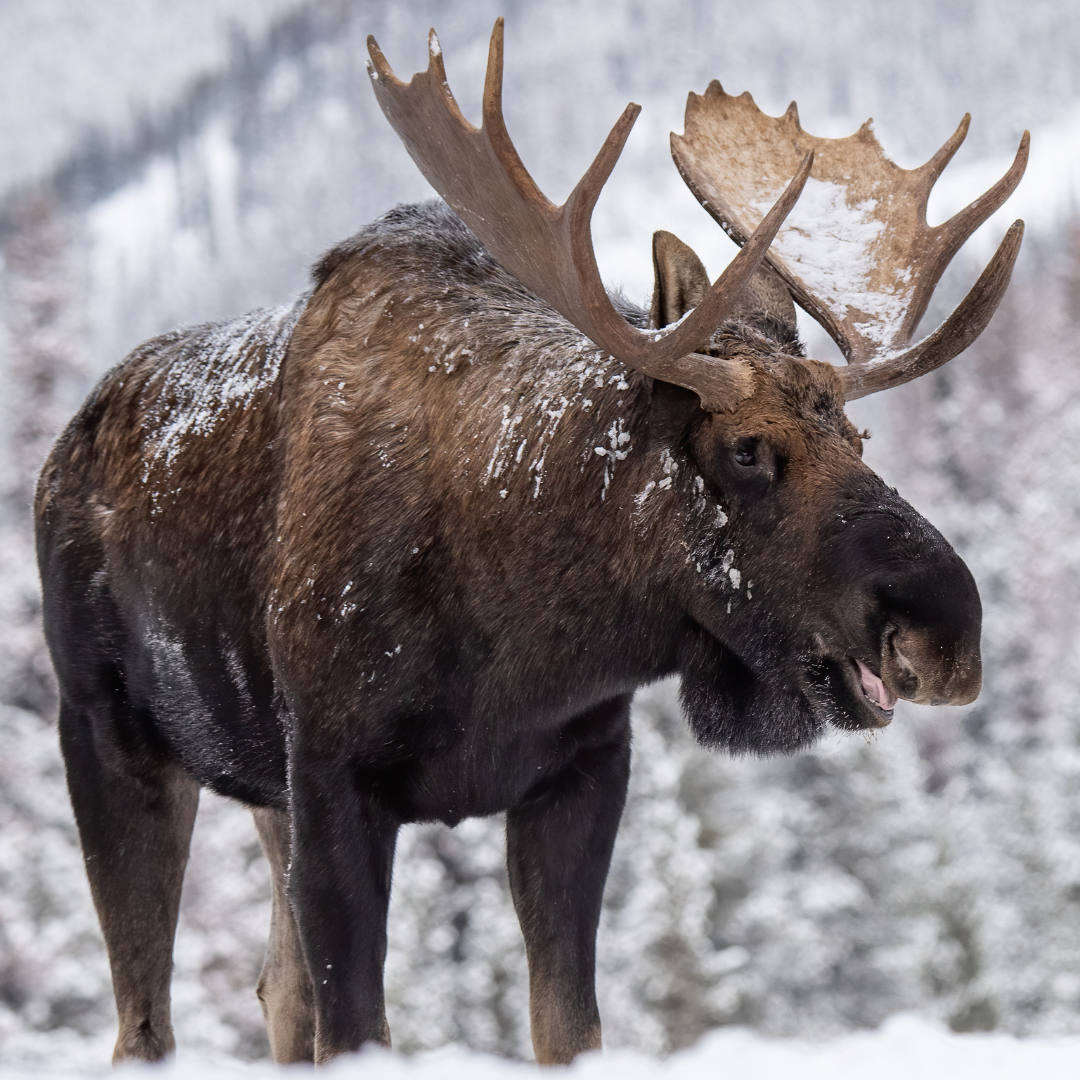
Moose Day
Moose Day is an annual census of the moose population in Jackson Hole. Observations made by citizen-scientists on Moose Day are combined with data collected by wildlife managers to paint a more accurate picture of moose numbers in the area. It takes place each year in late February or early March.
Moose Day 2025: Saturday, February 25th
The Challenge
Moose are a crucial part of Jackson Hole’s ecosystem, but understanding their populations requires data from both public lands and developed areas. Residents often feel removed from wildlife management, but the annual Moose Day survey provides a unique chance to contribute directly to moose conservation.
The Solution
On Moose Day, Nature Mapping Jackson Hole citizen scientists partner with wildlife agencies to track moose in areas traditional surveys miss. Teams of two or three record sightings near private lands, providing crucial population data while connecting participants to the land and its wildlife.
Moose Day Report and Map
Explore the Moose Day Report and Map to see where moose were observed and learn about population trends. Discover how your contributions drive conservation efforts and help protect Jackson Hole’s iconic wildlife.
Volunteer for Moose Day
Join Moose Day and help protect Jackson Hole’s iconic moose! As a citizen scientist, you’ll partner with experts to track moose in areas traditional surveys can’t reach, contributing vital data that informs conservation efforts and wildlife management decisions.
Your content goes here. Edit or remove this text inline or in the module Content settings. You can also style every aspect of this content in the module Design settings and even apply custom CSS to this text in the module Advanced settings.
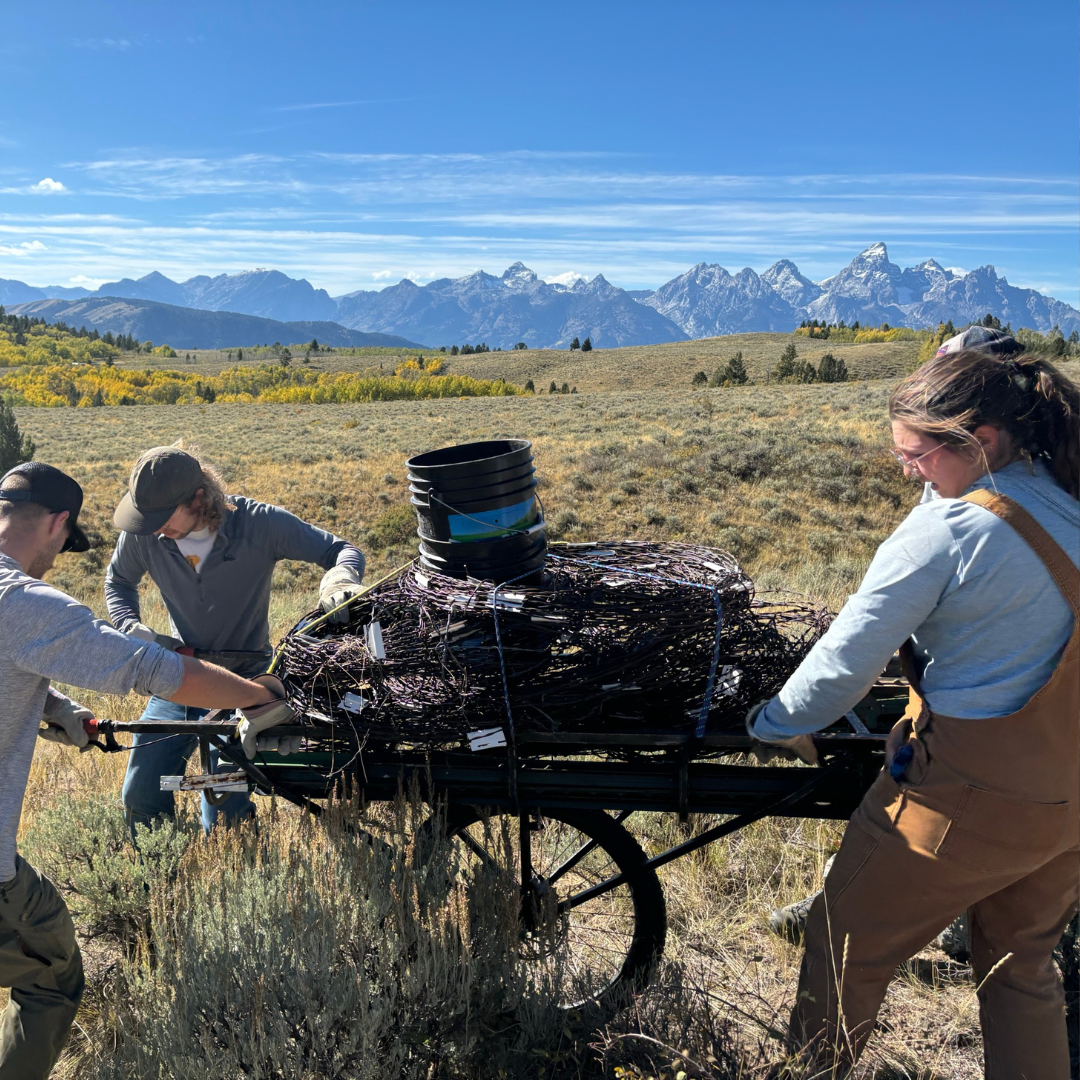
Become a Part of Our Volunteer Team
Your content goes here. Edit or remove this text inline or in the module Content settings. You can also style every aspect of this content in the module Design settings and even apply custom CSS to this text in the module Advanced settings.
Volunteer Form
Total Observations
NMJH Accounts
Moose Observed on 2022 Moose Day
2022 Moose Day Volunteers
Jackson Hole Wildlife Foundation
Office Location:
25 S. Willow St., Suite 10
Jackson, WY 83001
Mailing Address:
PO Box 8042
Jackson, WY 83002
All rights reserved.
Privacy Policy
